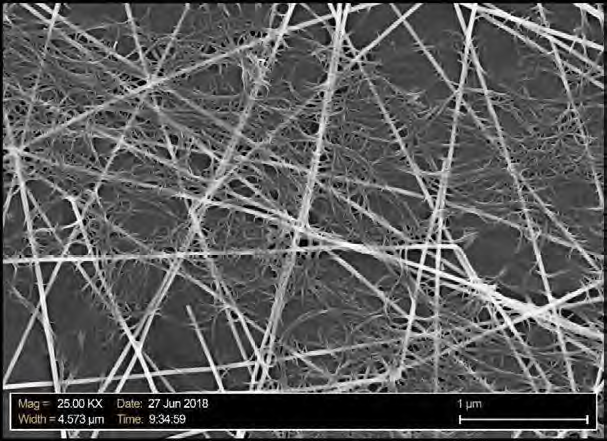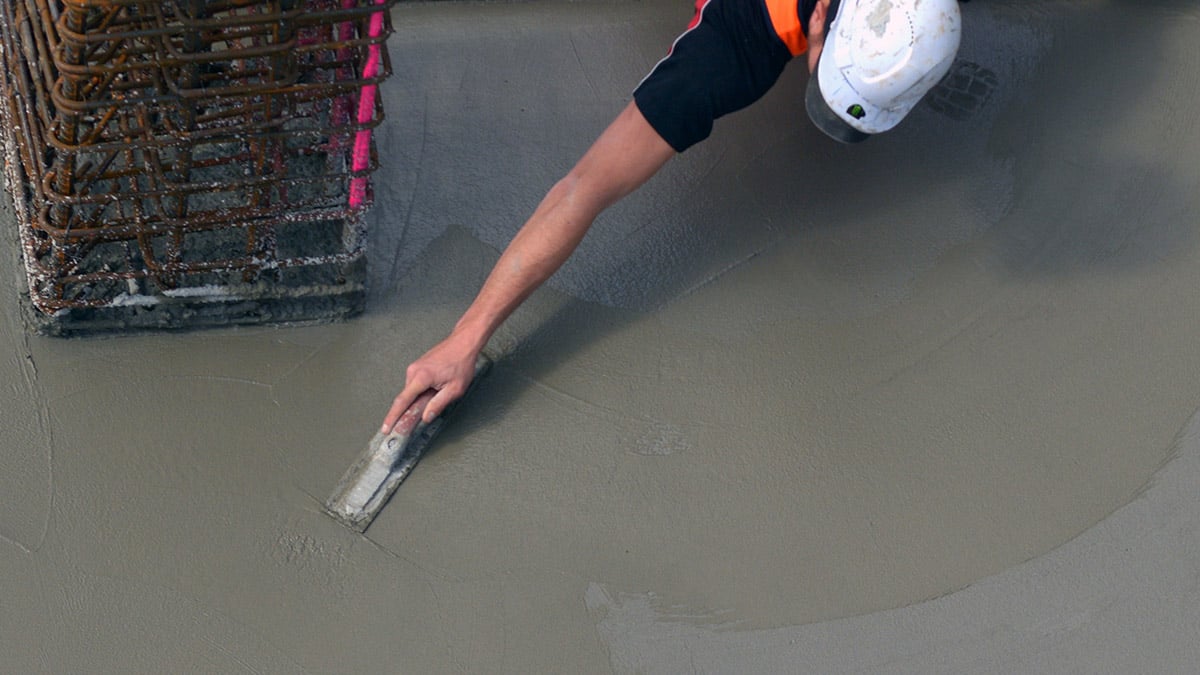Indium tin oxide (ITO) has long been the dominant transparent conductive material, but demands in the market are changing. The limitations of ITO on plastic means that the material just can’t keep up anymore.
These problems have led to a search for the perfect transparent conductive film (TCF) alternative to ITO, but it has been a long and difficult process. Previous solutions, including PEDOT, MM, AgNWs, and CNTs, all had some advantages—but they also had their drawbacks, including factors such as cost, environmental stability, flexibility, and more.
The search for an ITO alternative has been a difficult process, but there’s a new solution on the market that beats all of its predecessors: printed CNT hybrids.
What Are Printed CNT Hybrids?
Just as the combination of cement, aggregate, and steel bars creates reinforced concrete capable of withstanding compressive and tensile loading beyond its individual components, this TCF category combines existing technologies to create a superior hybrid solution.
CNT hybrids combine carbon nanotubes (CNTs) with either silver nanowires (AgNW) or metal mesh (MM). This allows this novel category of TCFs to overcome the limiting factors of CNT, AgNW or MM technologies alone.
The image below shows an example of a hybrid CNT. The long, light-colored fibers are a matrix of AgNWs. The darker webbing in the image is a layer of carbon nanotubes. These CNTs work with the AgNWs, creating conductive redundancy. Similarly, CNTs can be combined with MM to create hybrids.
Click here for a free copy of The State of ITO Alternatives Whitepaper

Advantages of CNT Hybrids
Whether you combine CNTs with AgNWs or MM, the two materials will work together to overcome the disadvantages of using just one. There are several advantages of using CNT hybrids, including:
Use with AgNWs
Alone, AgNWs have several drawbacks:
- Density of the matrix and wire diameter impedes transparency
- Attempts to improve transparency would hamper conductivity
- Silver tends to tarnish, which means it is not environmentally stable
CNTs layered over silver nanowires directly address these problems. The combination creates redundancy, allowing for higher optical transparency with low sheet resistance. The CNTs also encapsulate the AgNWs, which provides environmental stability without acting as an insulator. And since a polymer top coat is not required, the process of creating patterned TCFs only requires printing and etching.
The CNT matrix also provides a charge spreading effect which is distributed and interconnected throughout the CNT hybrid. This ensures that the silver nanowire network does not become current limiting, which is a significant enabler for heater applications. For the same reason, CNT hybrids are beneficial when applied to transparent wiring for LEDs.
Use with MM
Similar to AgNWs, a CNT hybrid using MM offers substantive advantages over the film itself. MM comes with its own disadvantages. The biggest drawback is that, in order to achieve sufficient transparency with MM, at least 90% of the area must be open. Because of this, you end up with proportionately large spans of space having no conductor, which creates a very nonuniform electrode surface.
With a CNT hybrid, a matrix of carbon nanotubes completely bridges across those openings, making them conductive. Additionally, the matrix of CNTs sitting atop the narrow MM wires provides redundancy so that if they were ever to break or separate—even in multiple locations—the CNTs would bridge across those breaks, providing resiliency to the circuit.
Patterning Costs
CNT hybrids use screen printing rather than laser ablation or masked etching for patterning. This offers significant savings in manufacturing costs, processing time, and reduced risk of scrap.
The etching process for AgNW or MM can be quite lengthy and costly; the steps involved include:
- Apply an etch mask
- Develop the mask
- Etch
- Deal with the etch waste streams
- Strip off the etch mask
- Clean the circuit
This is a lot of work, can take a lot of time, and increased the risk of damage or scrap with each successive process step! Conversely, the steps for creating circuits for CNT hybrids are:
- Etch
- Done!
Customization
Other ITO alternatives have set characteristics. While these characteristics may be beneficial for one application or another, they make some applications impossible.
CNT hybrids are more adaptable. They enable tuning of “recipes” for specific applications that are otherwise unattainable. This means that, no matter your application, CNT hybrids can be customized to meet your unique needs.
CNT Hybrids: The Complete TCF Solution
ITO may remain a dominant material on glass, but market demands are increasingly driving innovative companies towards alternatives on flexible films. While there are many ITO alternatives on flexible films on the market, only CNT hybrids offer a complete solution.
Looking to learn more about CNT hybrids and other ITO alternatives? Download your free white paper: The State of ITO Alternatives to learn about the history of TCFs—and why CNTs are the best option on the market.

.jpg)























